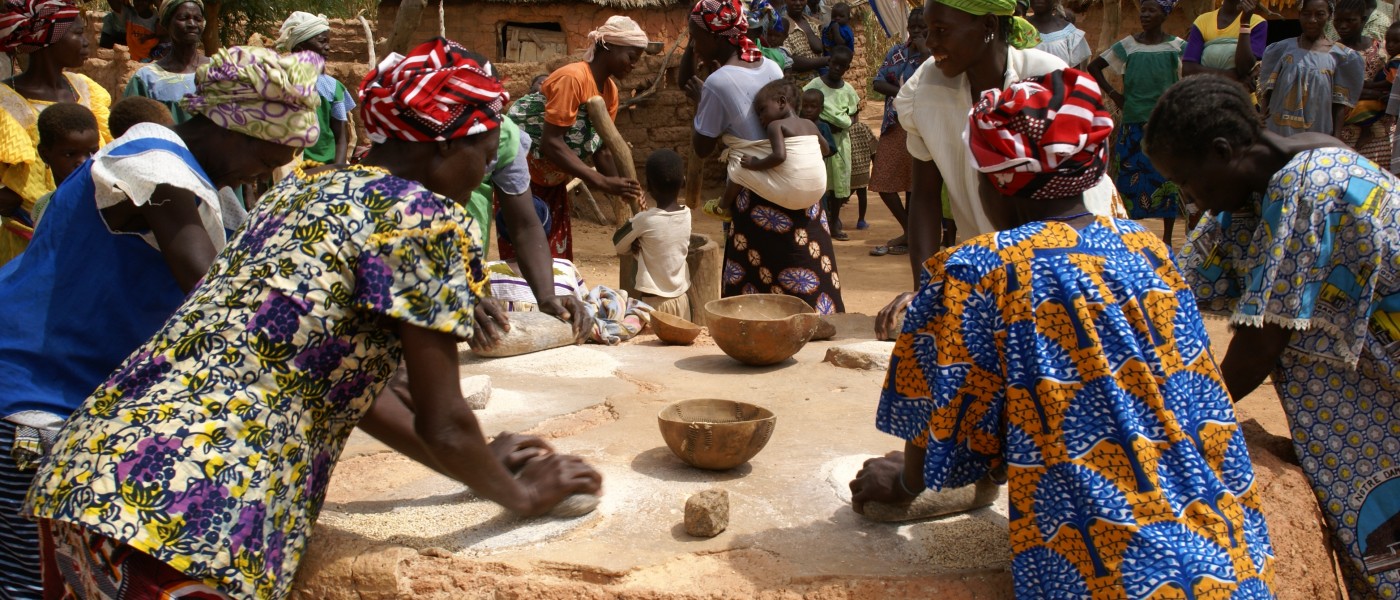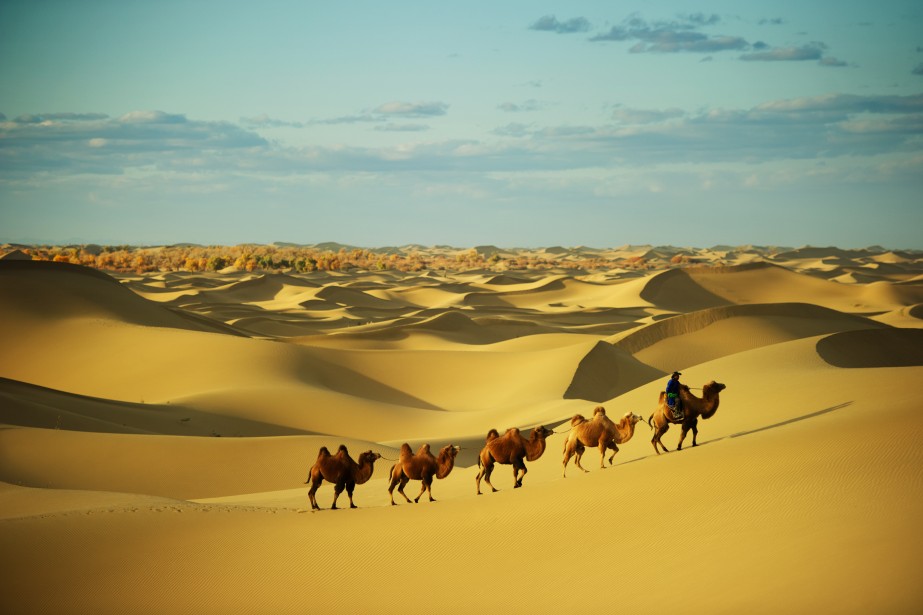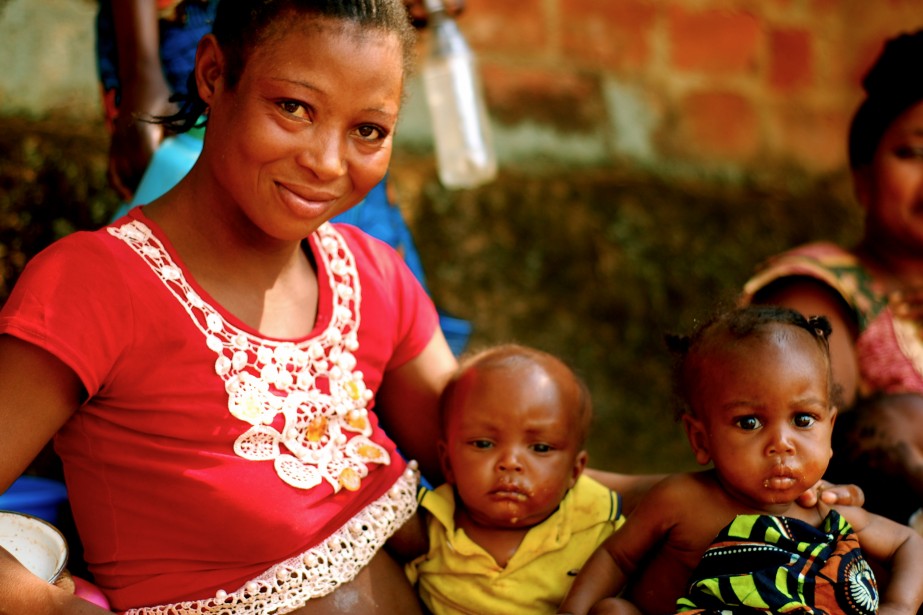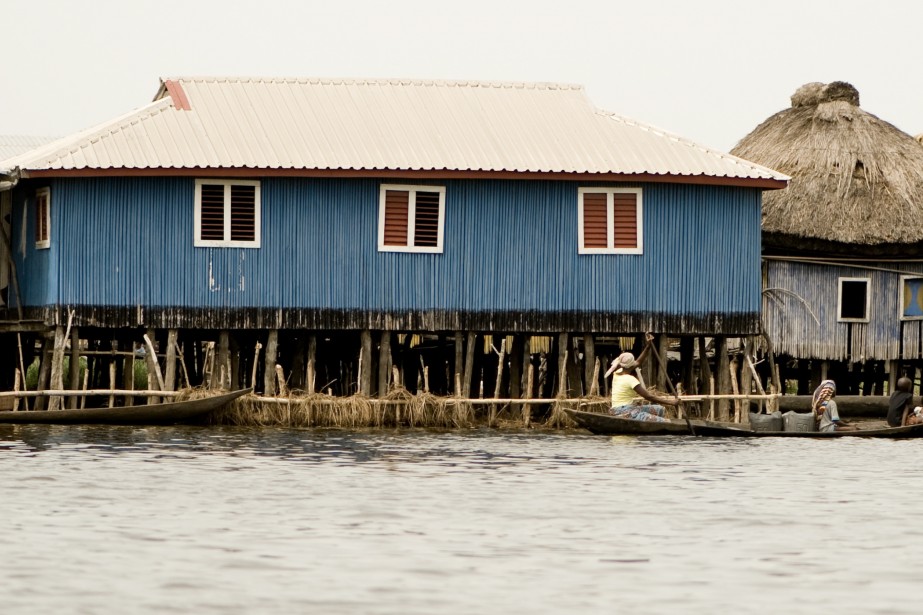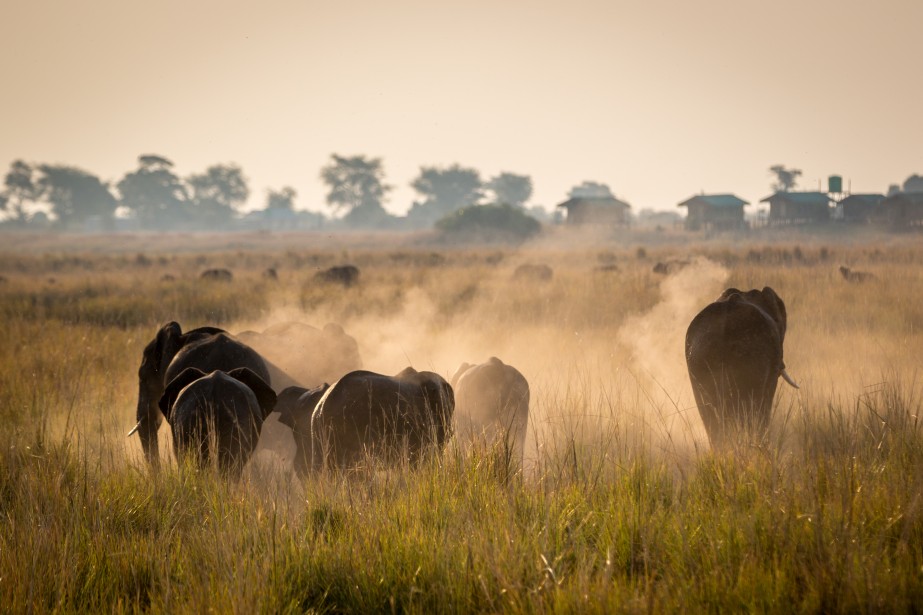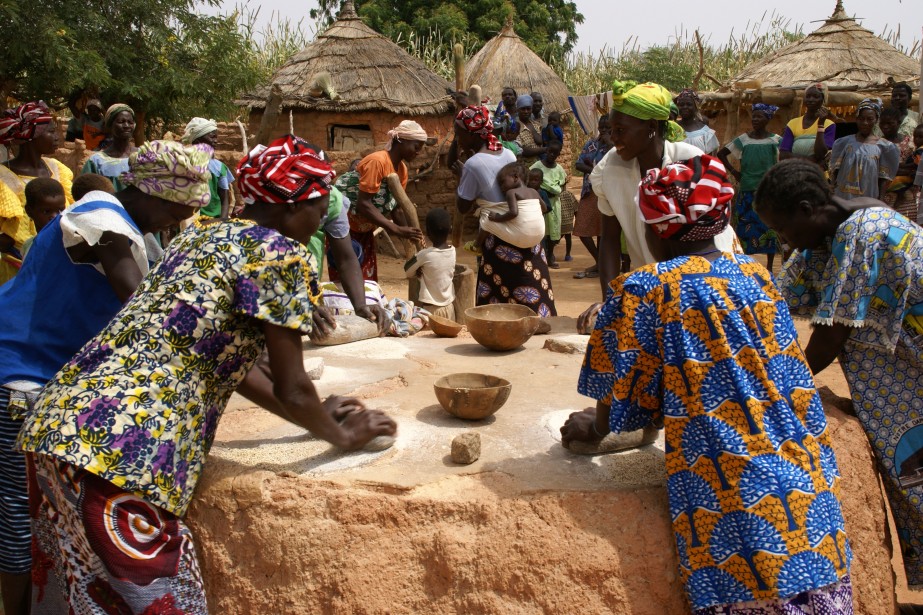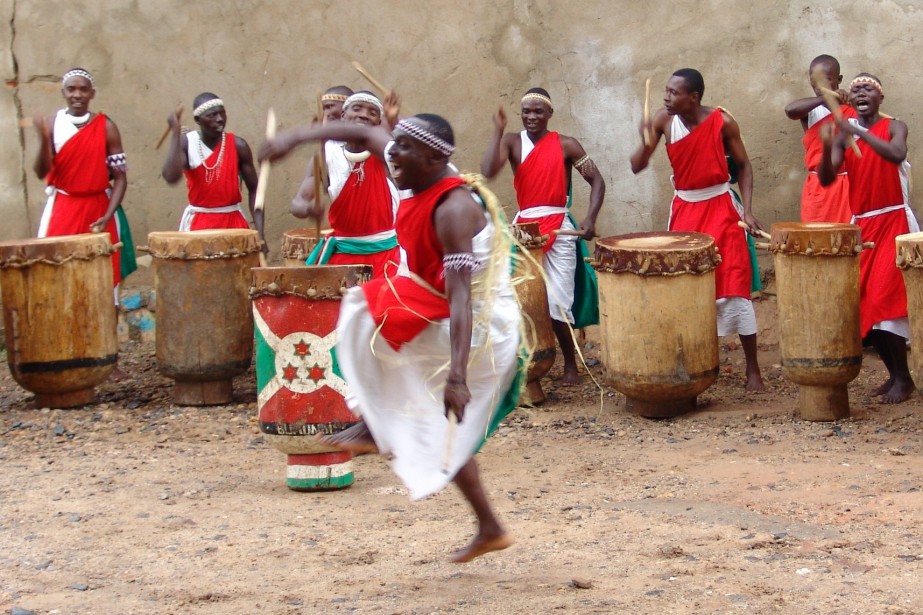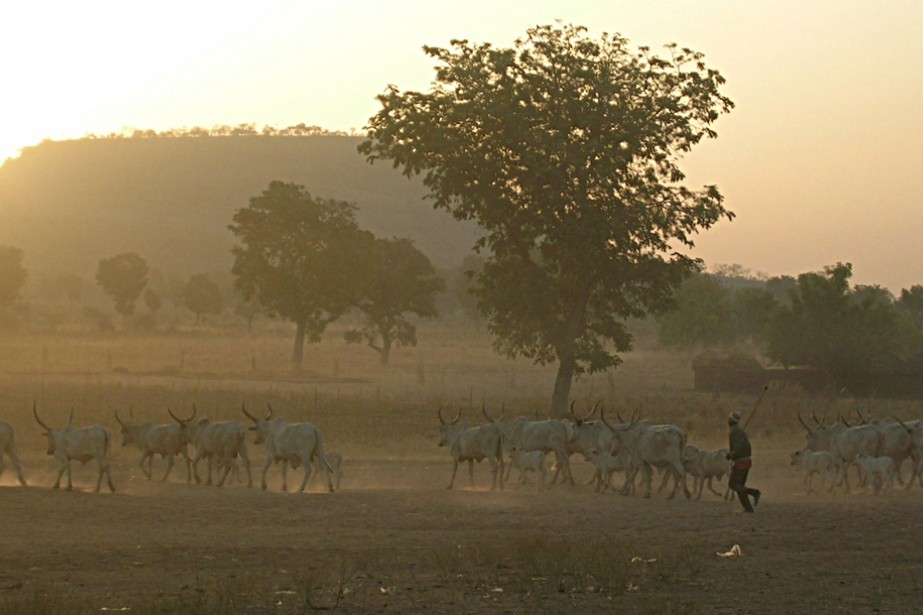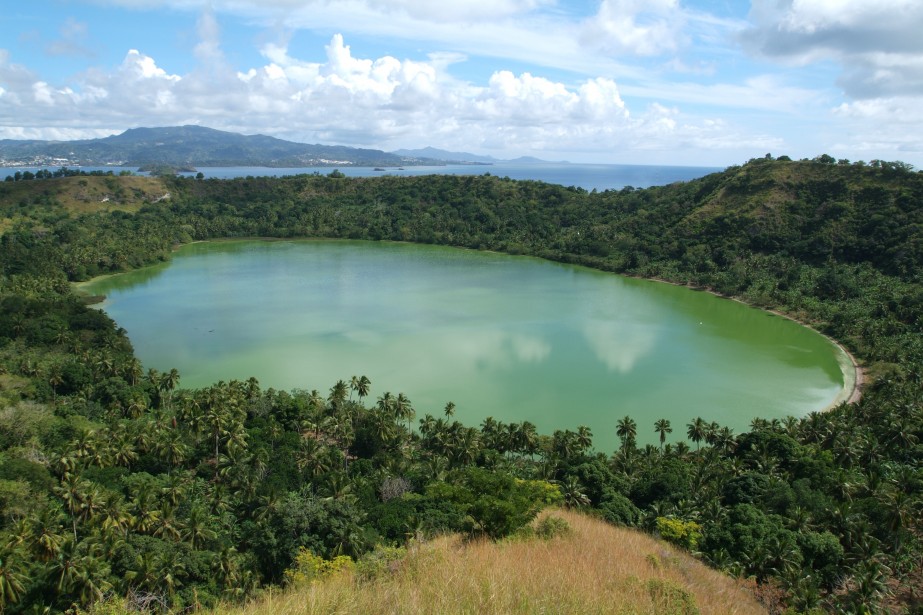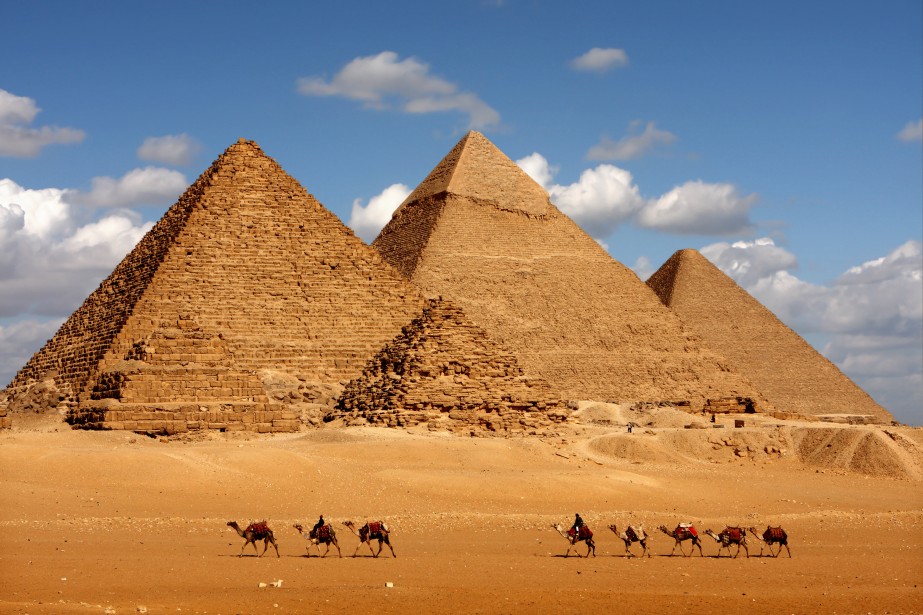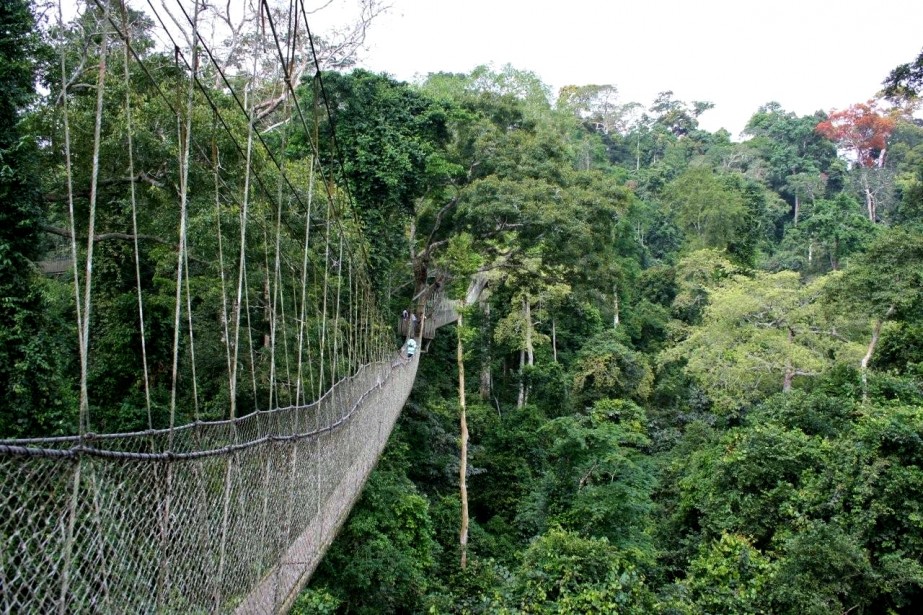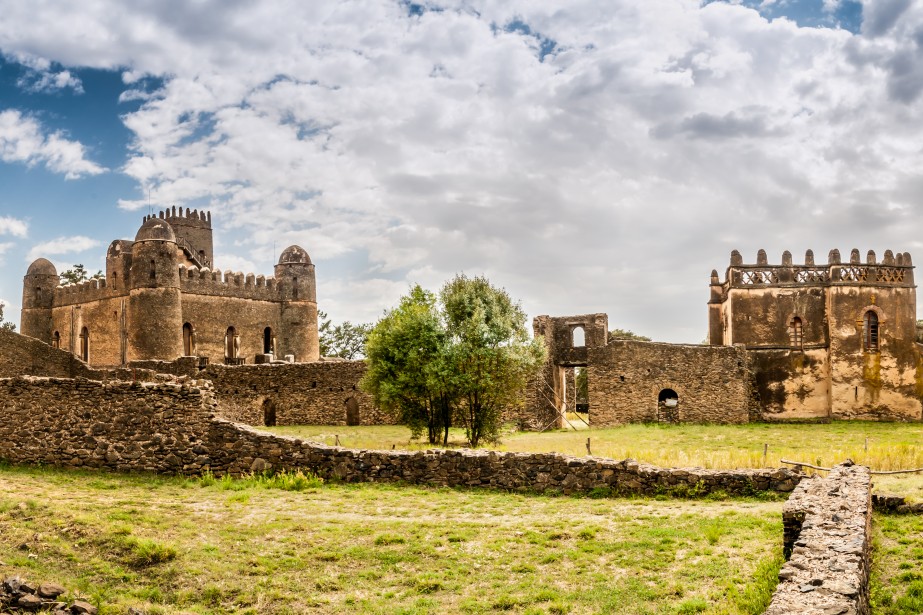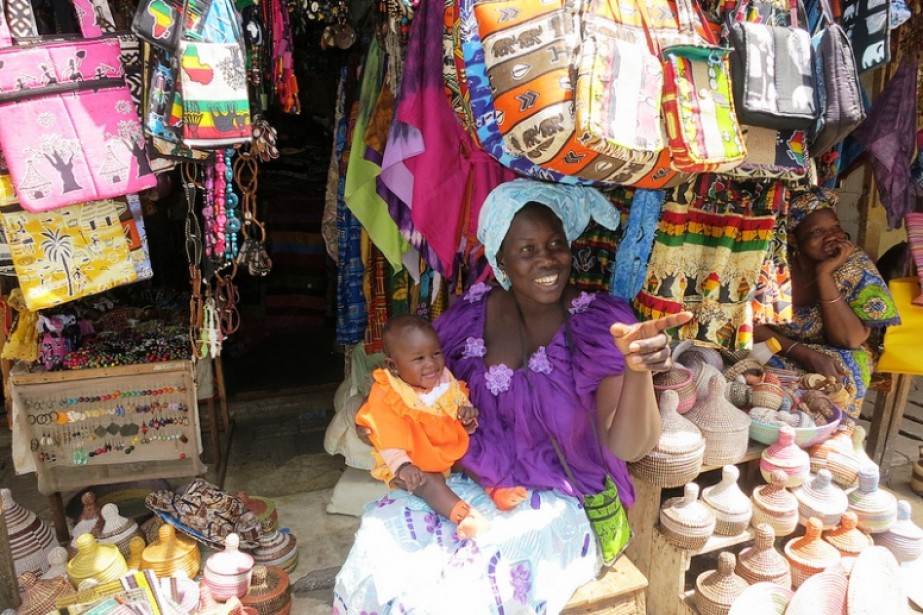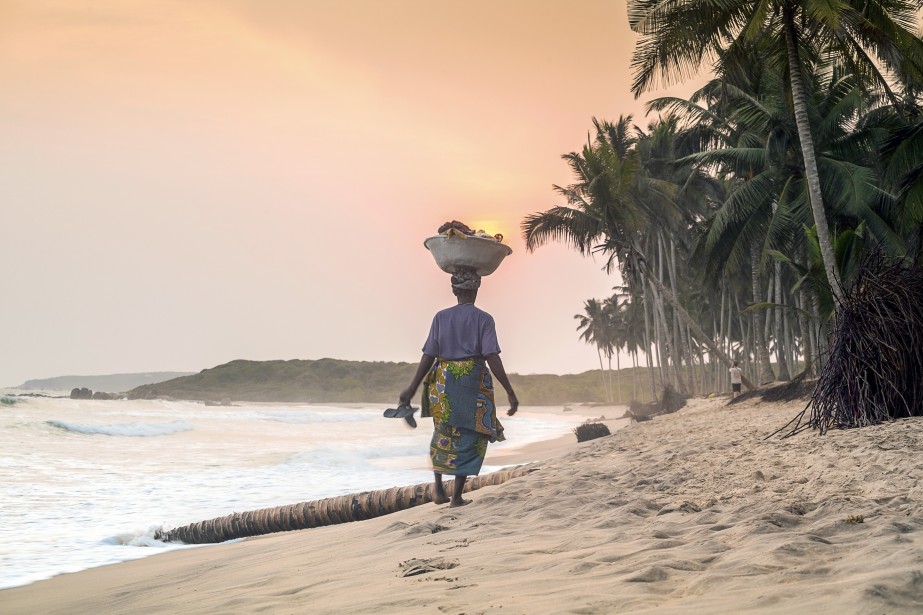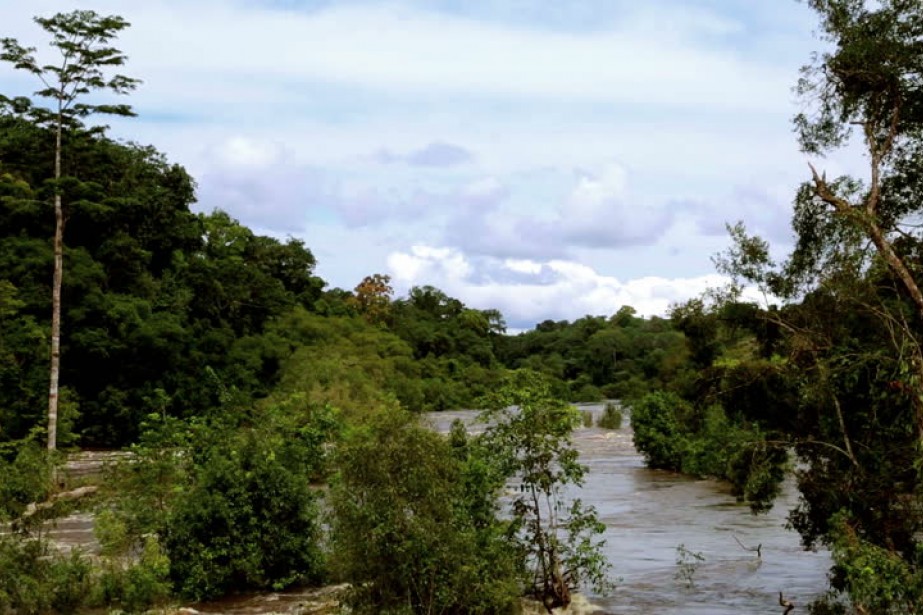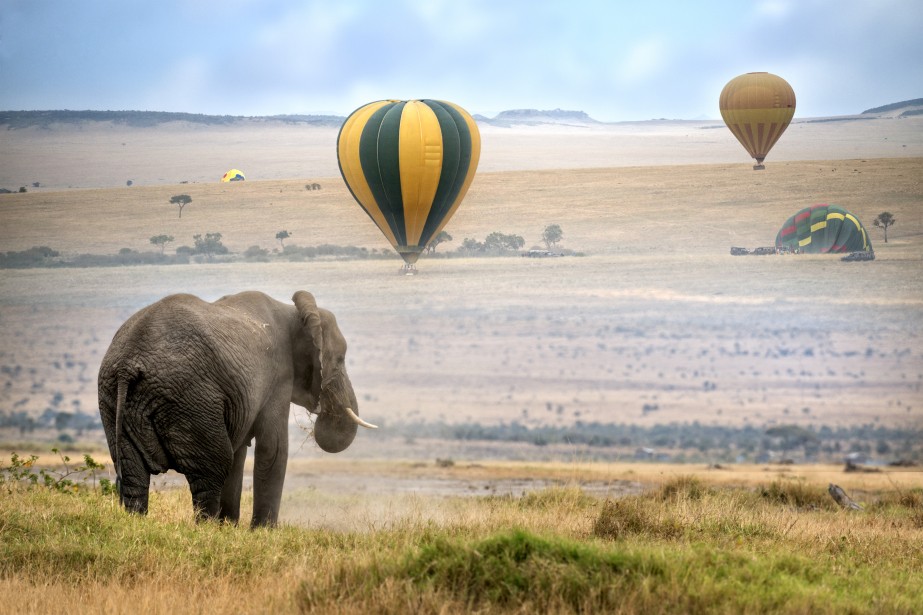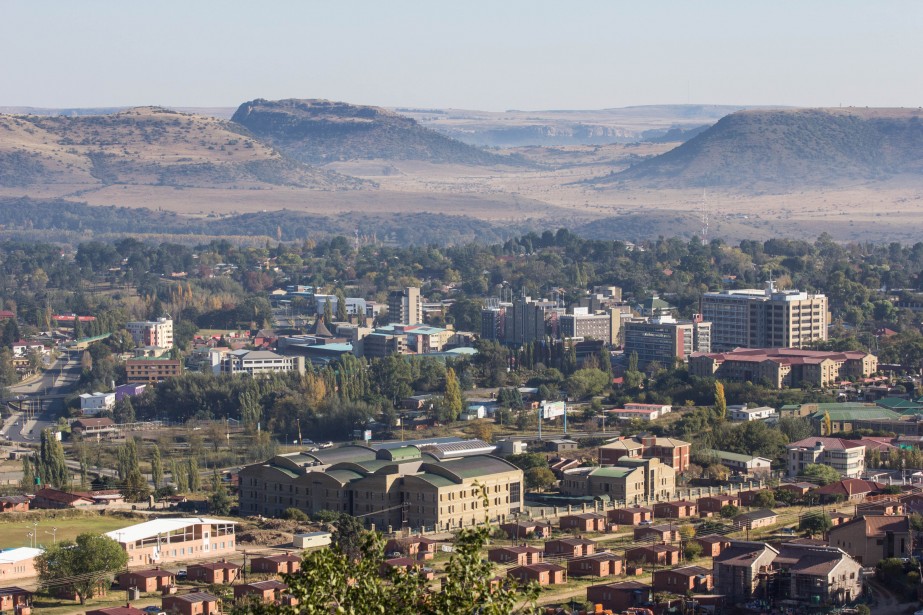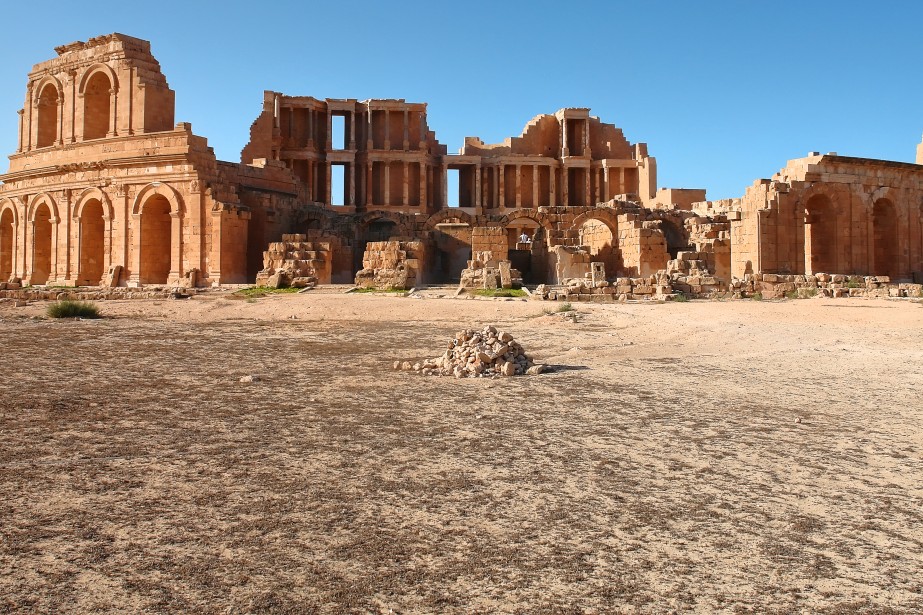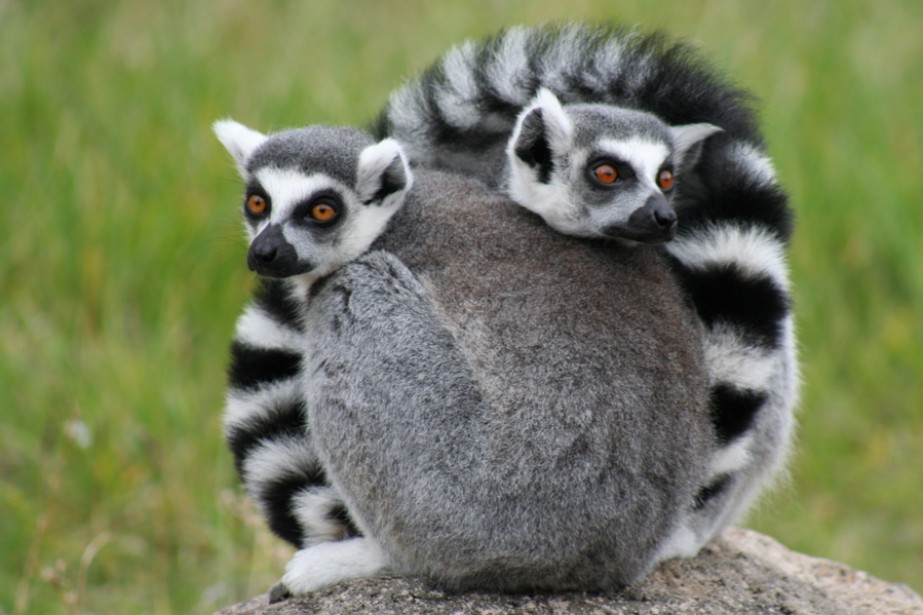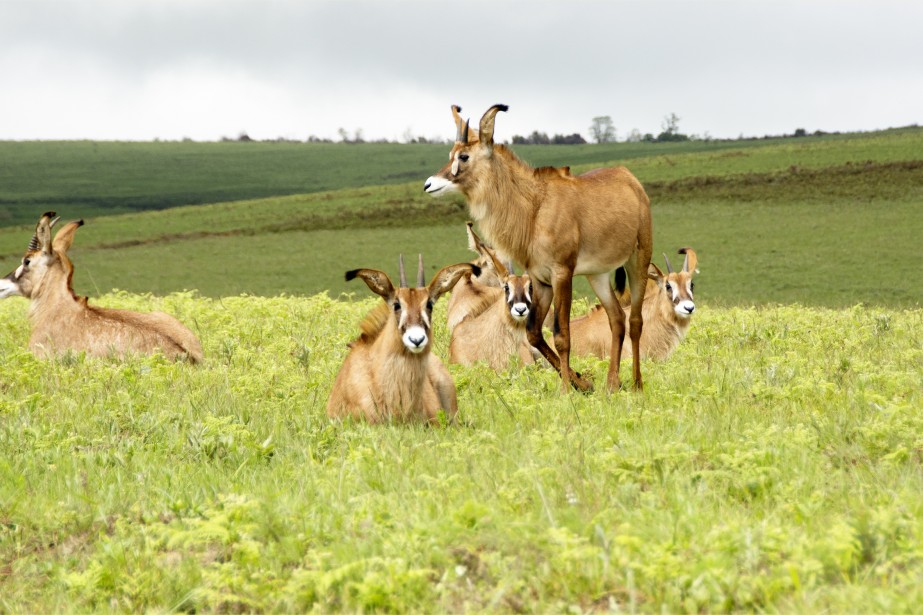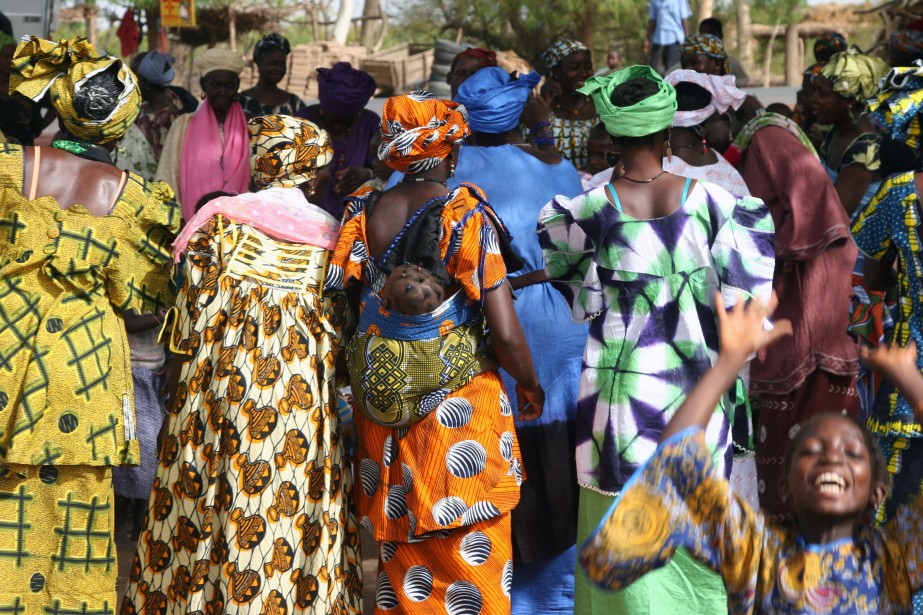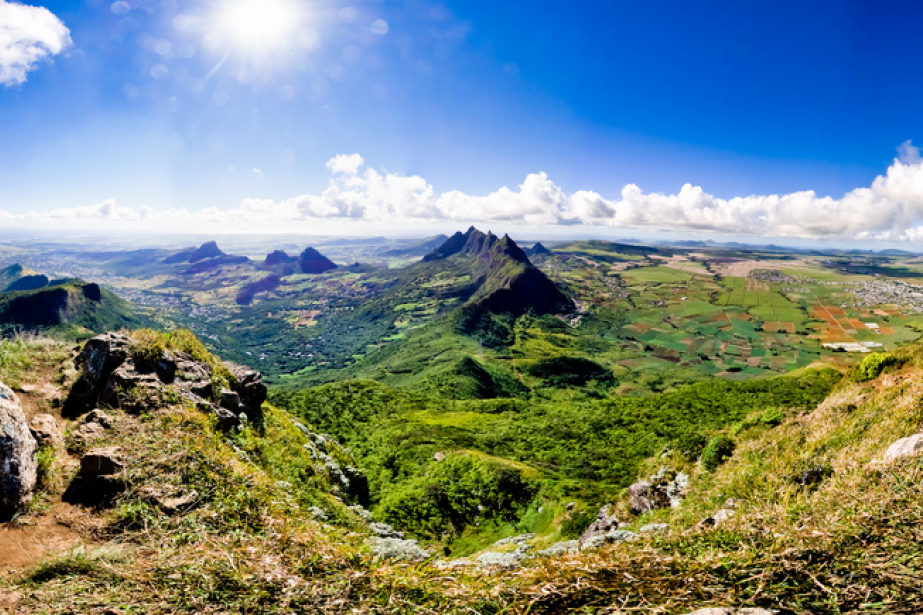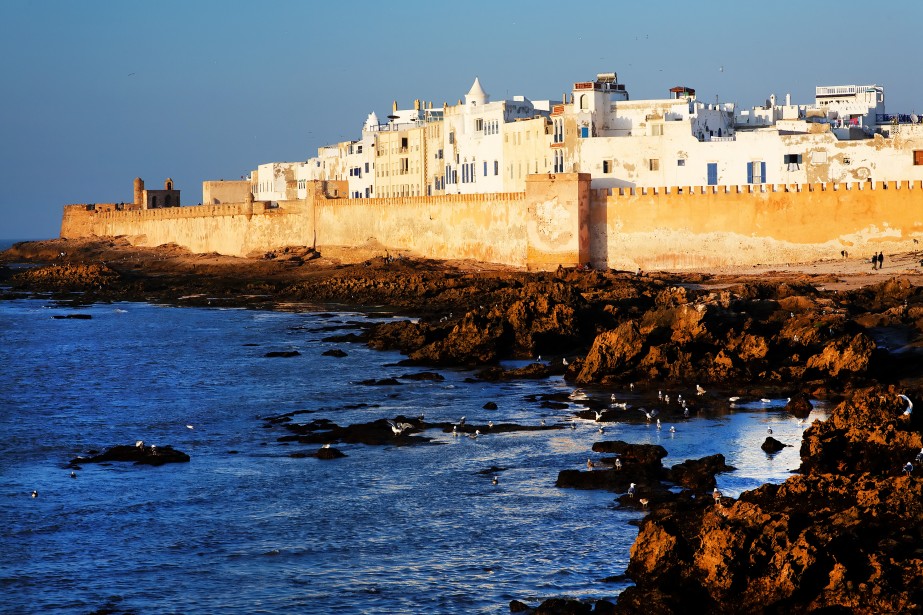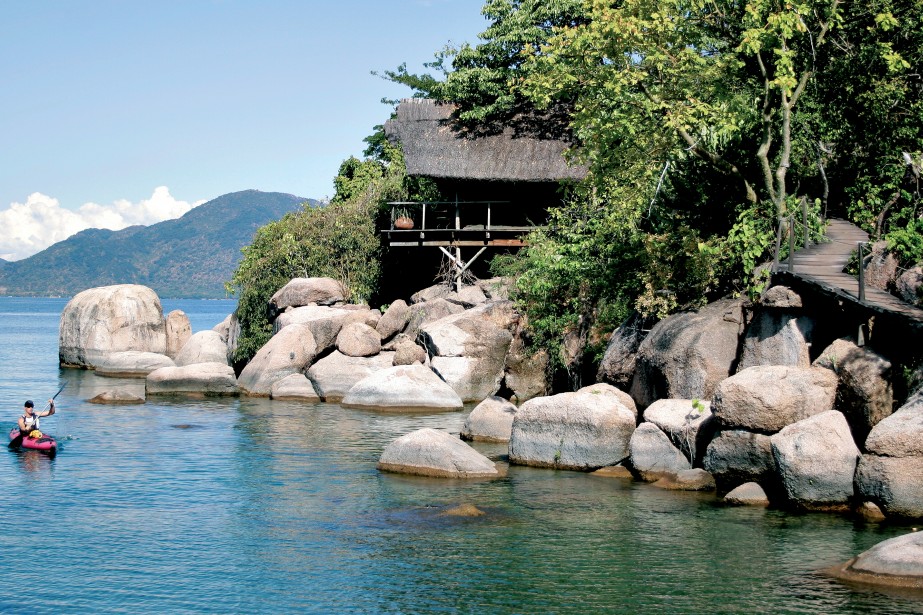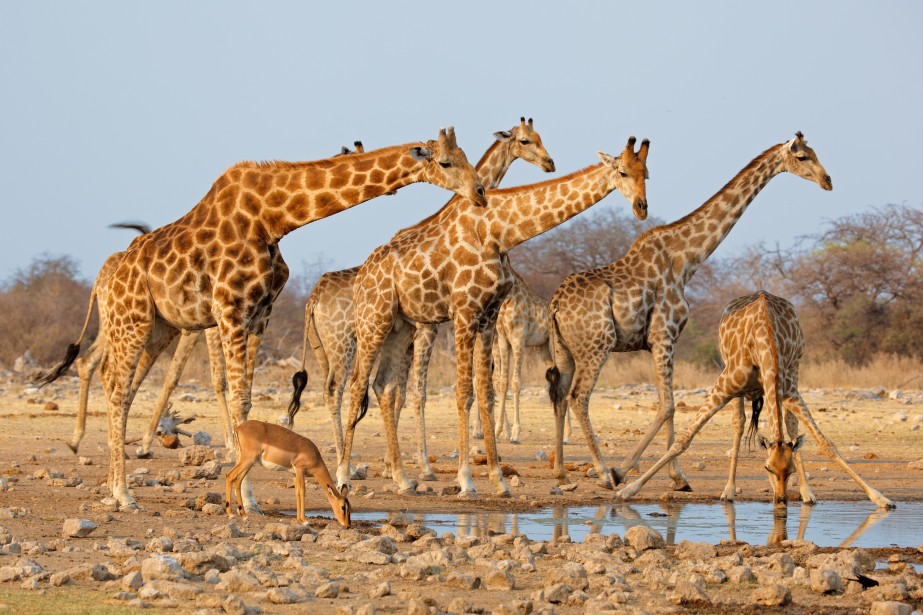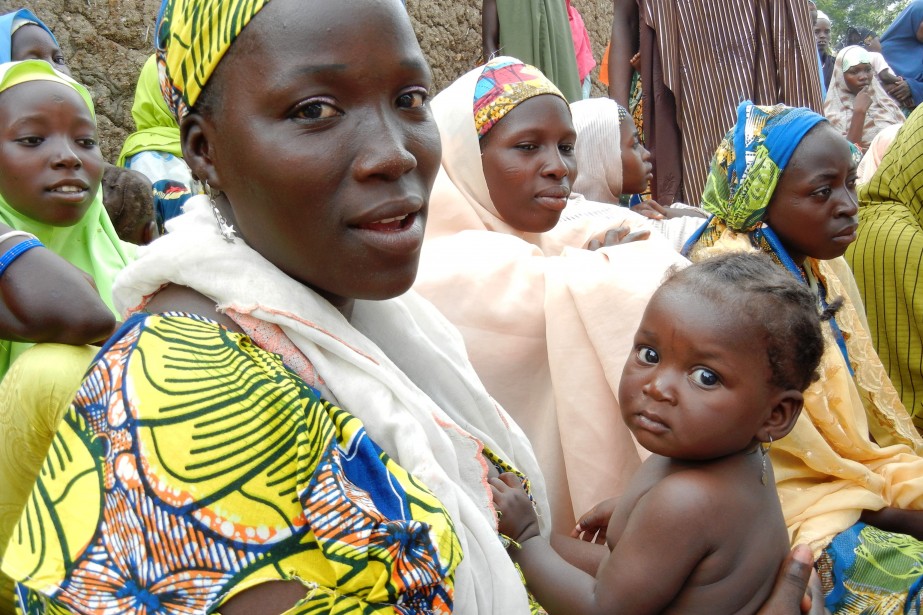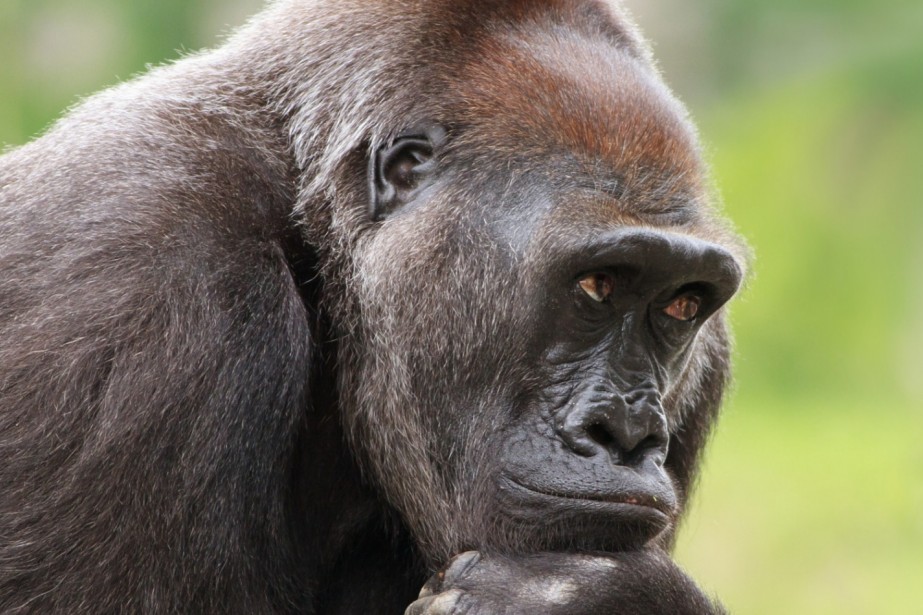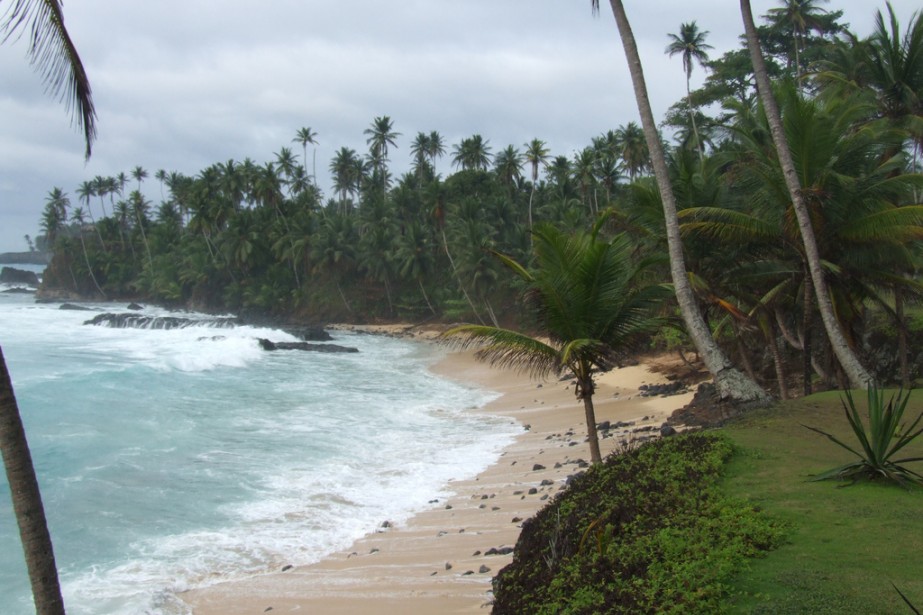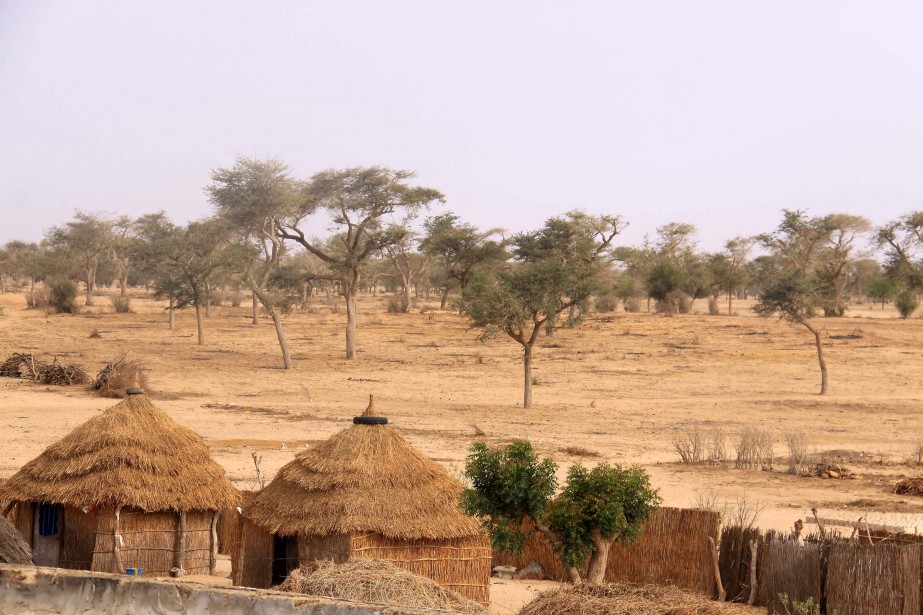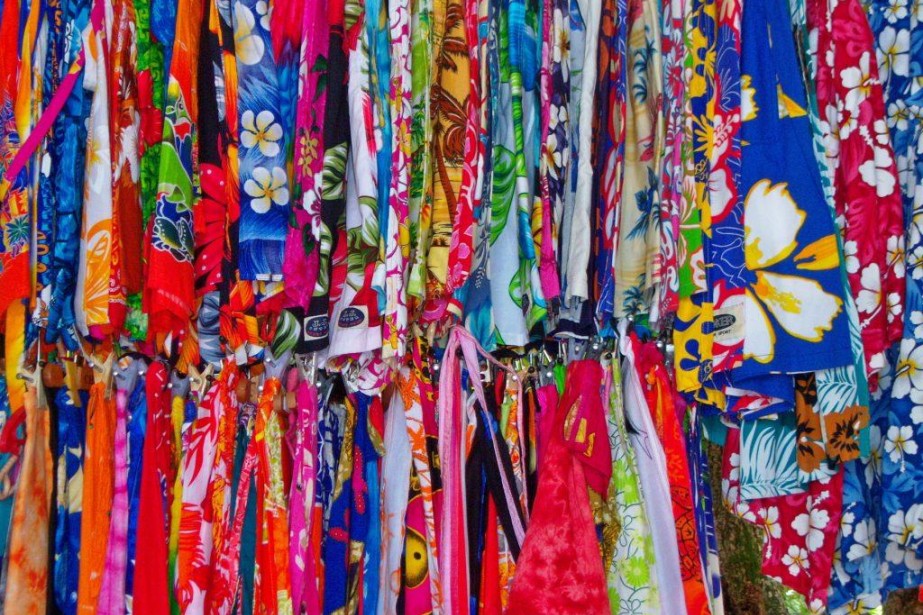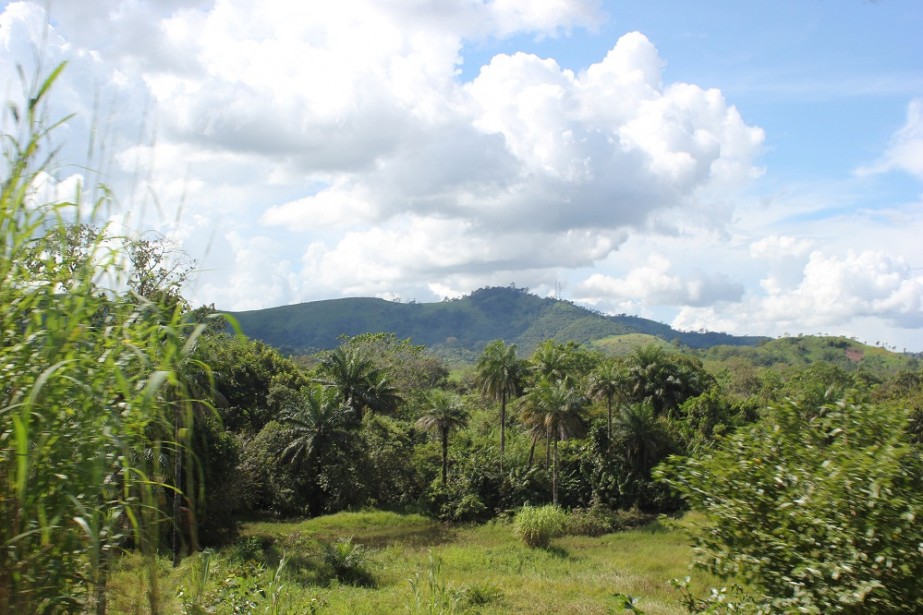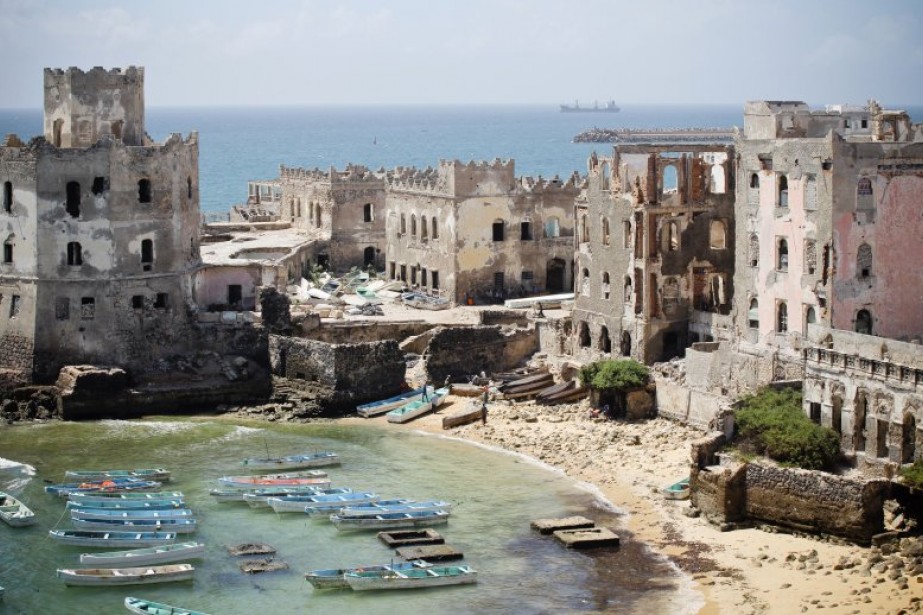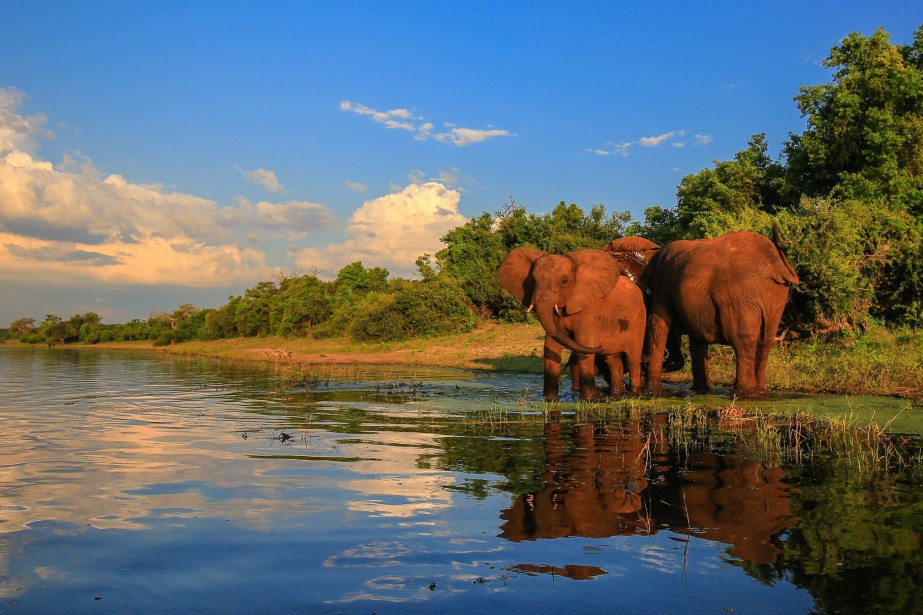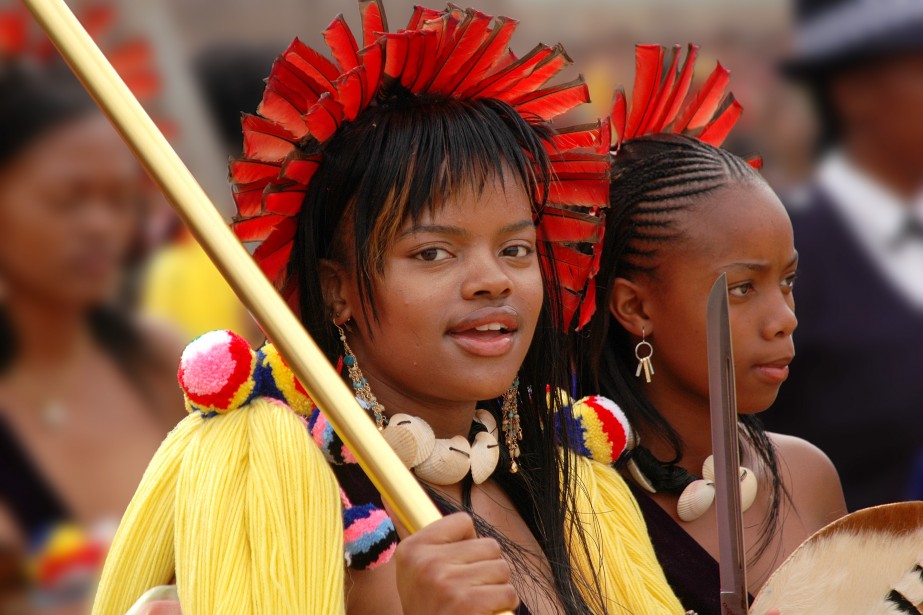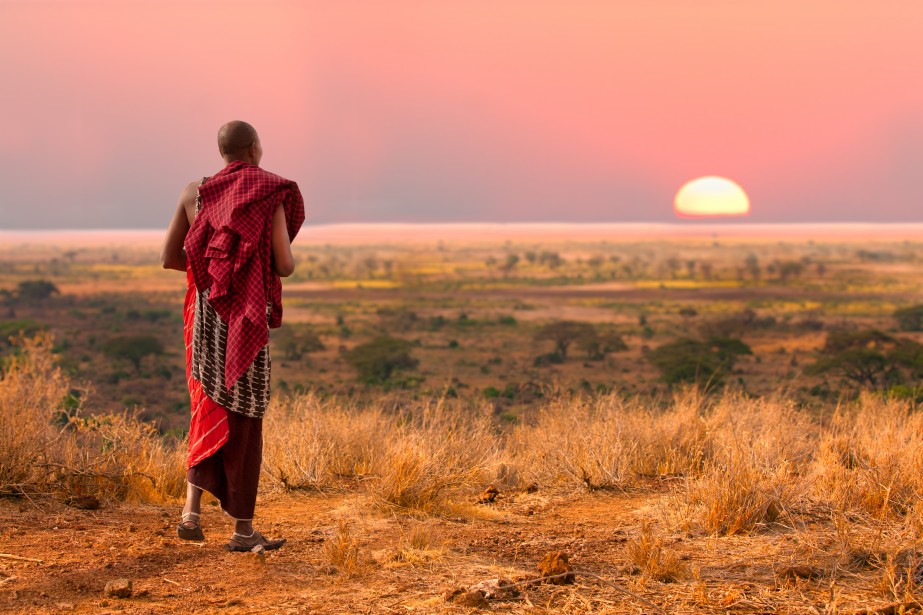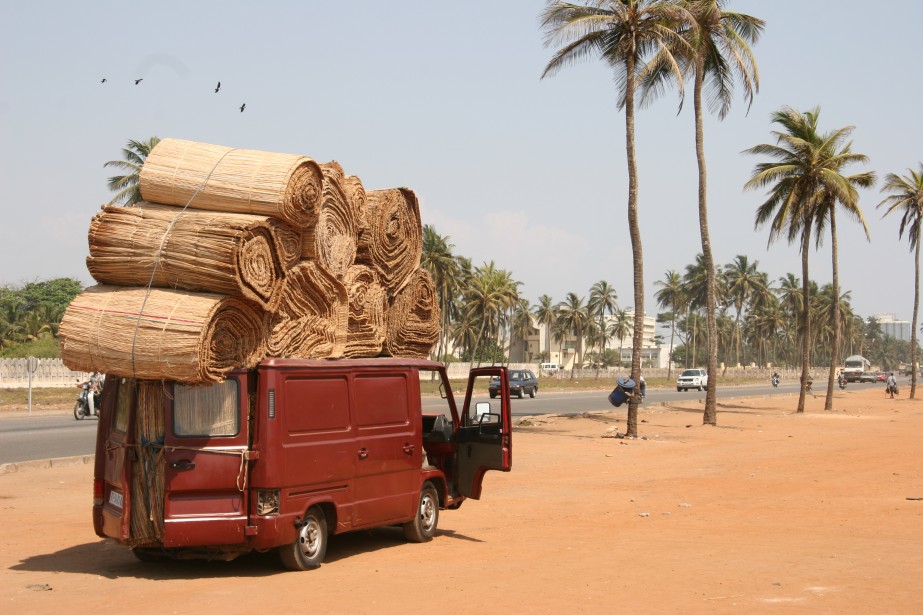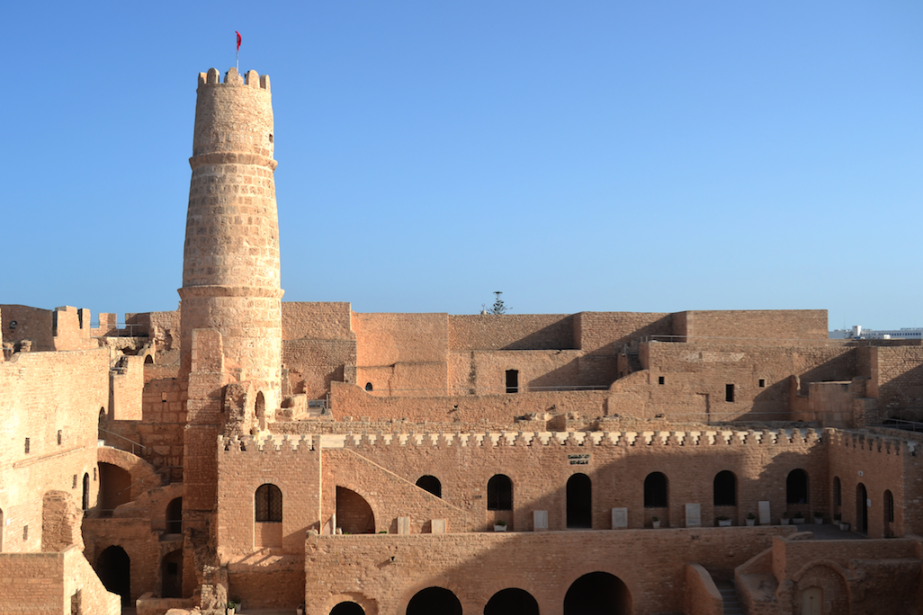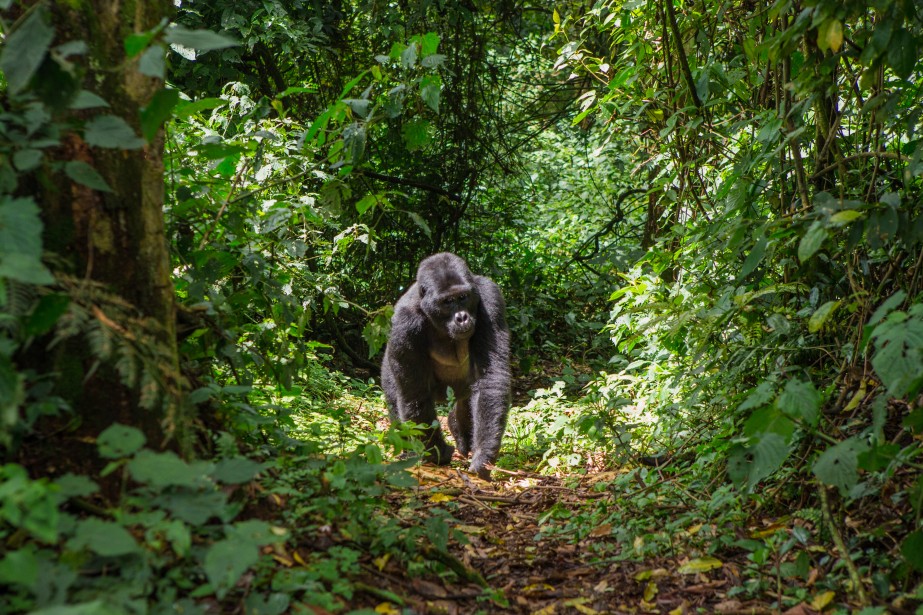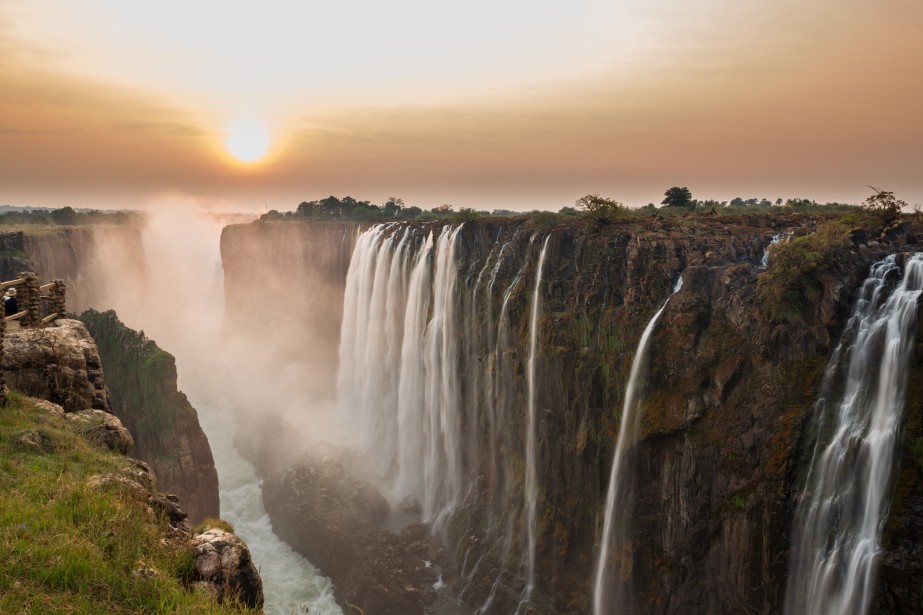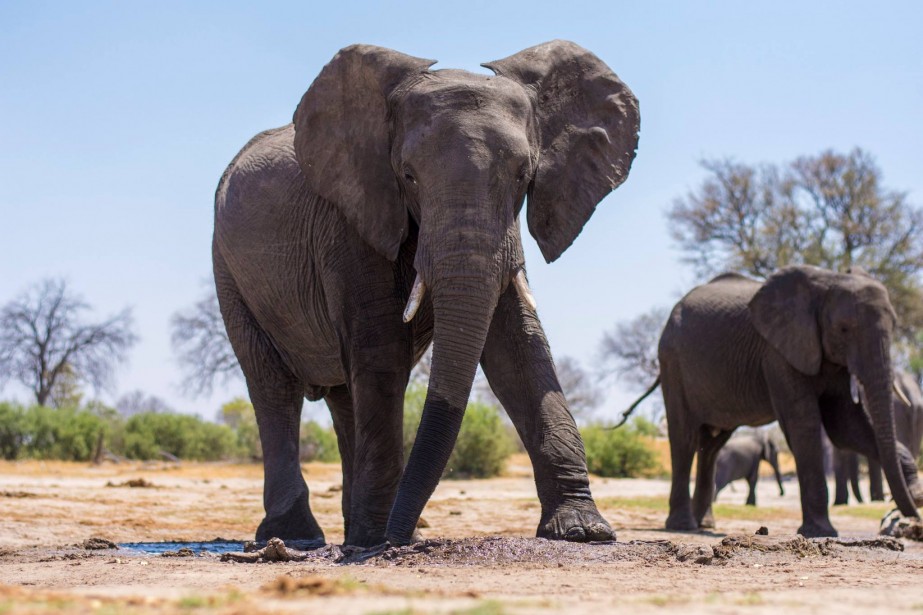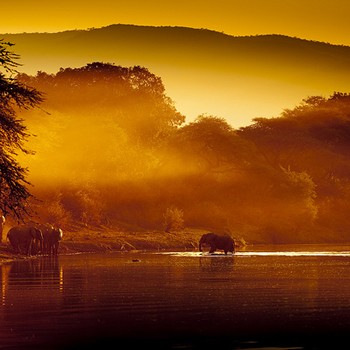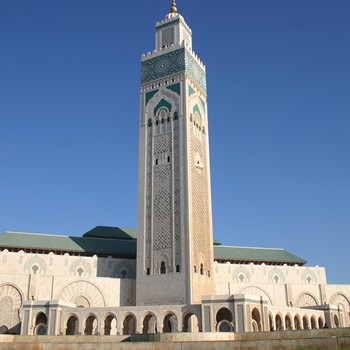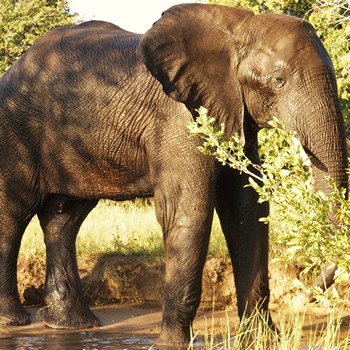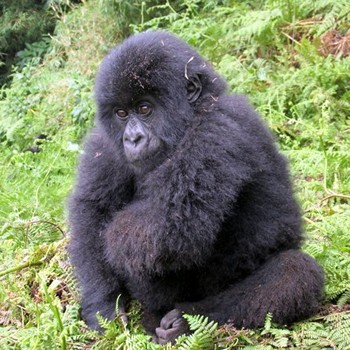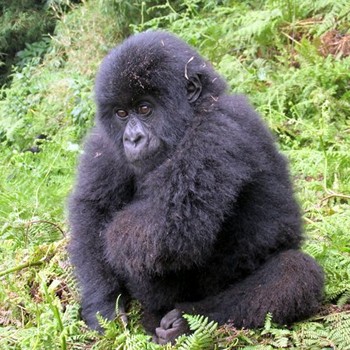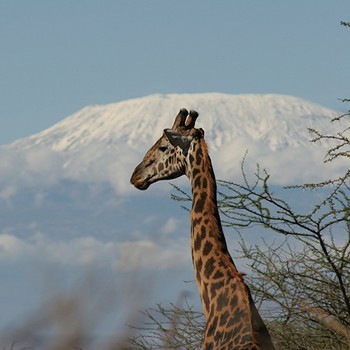Submitted by Pip Strickland on December 12, 2015
Overview
Landlocked in the heart of West Africa, Burkina Faso is one African country that has stayed well off the radar for many tourists. But with some fantastic wildlife watching opportunities, unique and intriguing landscapes, and an evocative culture steeped in tradition, it is a destination that should not be overlooked.
Burkina Faso once formed part of the great Mossi Kingdom, ruled by various ethnic groups from across the region. In the 19th century it was colonized by the French who remained until independence in 1960, and the name of the country was eventually changed from the Republic of Upper Volta to Burkina Faso in 1984.
Today the large cities of Ouagadougou and Bobo-Dioulasso are laid back and easily navigable, with ancient architecture, excellent museums and a thriving nightlife reason enough to spend a few days. Venture to the region around Banfora where spectacular rock formations rise from the surrounding plains or trek to its cascading falls that feed life-giving rivers.
While West Africa is not as famous for its big game wildlife viewing opportunities as the countries of East Africa, Burkina’s national parks are home to huge herds of elephant and wild buffalo, together with excellent bird watching opportunities and few crowds to compete with.
In addition to its natural wonders, Burkina also boasts a number of UNESCO World Heritage listed cultural sites, including ancient fortified settlements and mud-built mosques that are a legacy of the rulers, conquerors and traders that once traversed its lands.
But it is the Burkinabé themselves that remain one of the biggest attractions in the country. Famously friendly, the warmth of their disposition is as much a part of the travel experience here as any tourist sights.
When to travel/weather
Burkina Faso has a tropical climate with two distinct seasons - the ‘dry’ season from November through to May and the ‘wet’ season from June to October. The ‘wet’ season sees hot and humid temperatures that can become unbearable, with heavy rains causing many unsealed roads to become impassable.
The change from ‘wet’ to ‘dry’ that straddles October through to December is a good time to visit, with relatively dry skies and comfortable temperatures. From December through to February temperatures drop, making this another popular time to visit, but the hot Saharan harmattan winds bring dust-filled air and a fine layer of sand covers everything.
Temperatures can soar from March to early June in the build up to the ‘wet’ season, so only visit during this period if you can handle the heat.
Food and drink
Traveling in Burkina Faso you will see dishes served that originate from across West Africa, with a diet largely based around the staple carbohydrates of rice, maize, millet and sorghum. Fufu (a starchy ball of boiled and pounded ignames) is a typical dish, served with a tomato-based sauce, as is riz gras (rice cooked in a flavored stock, sometimes with a piece of meat or fish on top. Peanuts are an important source of non-animal protein in Burkina Faso, often grounded into a sauce and served to flavor rice, while French green beans, yams and okra all form the basis of accompanying sauces and side dishes.
Meat is generally eaten in small quantities and often barbecued on skewered brochettes, while Poulet Telévisé is a Burkina specialty, translating as ‘televised chicken’ as the roasting process is keenly watched. Fresh water fish are plucked from the country’s lakes and rivers, while eggs form a cheap, yet vital, source of protein.
Zoom-kom is considered Burkina Faso’s national drink - a cereal-based beverage with a milky-white consistency. Bisap is a hibiscus leaf, sour-tasting, cold tea popular throughout the country, while toedo is a unique smoothie made from the baobab fruit and served by street-side vendors. For a taste of the local ‘brew’, head to a bar serving dolo, an alcoholic beverage made form pearl millet or sorghum, or try banji, a local fermented palm wine.
Popular vacation spots
Ougadougou
The former capital of the Mossi Empire, Burkina’s present day capital is the country’s cultural and political center. It boasts some of the best hotels and restaurants in the country, together with a lively night life, and its relatively small size makes it easily navigable. Don’t miss a visit to the National Museum which houses an extensive collection of artifacts from the country’s different tribes and villages, as well as the Musée De La Musique, featuring an impressive traditional musical instrument collection.
Banfora
Not only is Banfora one of Burkina’s most ethnically diverse cities, but it’s an ideal base to explore the country’s most famous market at Gorom Gorom and the magnificent wind-eroded Sindou Rock Formations. It’s also just a short distance from the stunning Karfiguela Falls, easily accessed along a short hike, and Lake Tengrela where pirogue trips will take you up close to its resident hippos.
Arli National Park
The open savannah of Arli National Park is traversed by the Tambarga and Gobnangou rivers which provide a lifeblood for the lions, hippos, elephants, antelope and gazelle that call it home. Guided safari game drives will get you up close to all the wildlife action, particularly at the famous Tounga watering hole.
Ruins of Loropéni
UNESCO World Heritage listed, the Ruins of Loropéni in Burkina’s southeast are a beautifully preserved ancient fortified settlement. The stone enclosures seen today are believed to date back around 1,000 years and were built by either the Koulango or Lohron tribes to served the Saharan gold trade.
Nazinga Game Ranch
Located just a short distance from Burkina’s border with Ghana, the Nazinga Game Ranch is renowned for having West Africa’s largest elephant population which can be spotted year round. It is also home to a large number of buffalo, warthog, crocodile and red monkeys, as well as more than 250 bird species that include hornbills and heron.
W National Park
Straddling Burkina Faso’s borders with Niger and Benin, the W National Park is a UNESCO World Heritage listed protected area, known for sightings of buffalo, hippos, leopards, baboons, and one of the last remaining habitats of both African elephants and the Northwest African cheetah. It is also a birder’s paradise, with more than 350 species found within the park.
Bobo-Dioulasso
Fusing French and Sudanese architectural styles, Bobo-Dioulasso is one of Burkina Faso’s most appealing big cities. It is mostly famed for its Great Mosque of Dioulassoba - a mud built structure which dates to the late 19th century and is surrounded by a captivating old town - but don’t miss Bobo’s Grande Marché, one of the best places to shop for West African handicrafts.
Sabou
The town of Koudougou is famed for the sacred crocodiles of Sabou which are highly revered by the local people. It is a great opportunity to get up close to these normally fierce creatures as their constant contact and feeding by humans has left them incredibly tame.
Practical information
Language
While French is the official language of Burkina Faso, most people outside of the big cities will speak primarily local African languages and Dioula dialects, with the most common one being Mooré. English is of little use for foreign travelers compared to French, but be aware that the Burkinabè spoken French is markedly different from the French spoken across Europe.
Money
The currency of Burkina Faso is the Communauté Financière Africaine (CFA) franc, used by seven different West African countries. If you are changing money then Euros are the most widely accepted, followed by US Dollars, while travelers checks in either currency will incur a large change fee. Visa is the credit card of choice across most of West Africa, but you will find ATMs that accept MasterCard in both Ouagadougou and Bobo-Dioulasso. Outside of the major cities, be sure to travel with enough cash as ATMs can be sparse and unreliable.
Health and Safety
While Burkina Faso is one of West Africa’s safest countries, there are opportunistic thieves and pickpockets in many of the big cities. Don’t walk around with big cameras or expensive jewelry, particularly late at night, and conceal your purse or wallet from attracting unwanted attention.
Malaria, Meningitis and Typhoid are all common in Burkina Faso, so be sure to have vaccinations well before travel. Yellow fever vaccination is also compulsory before entry and Cholera vaccinations are required if an outbreak occurs.
Water is generally untreated throughout Burkina Faso so it is advisable to buy bottled water or bring purification tablets with you.

